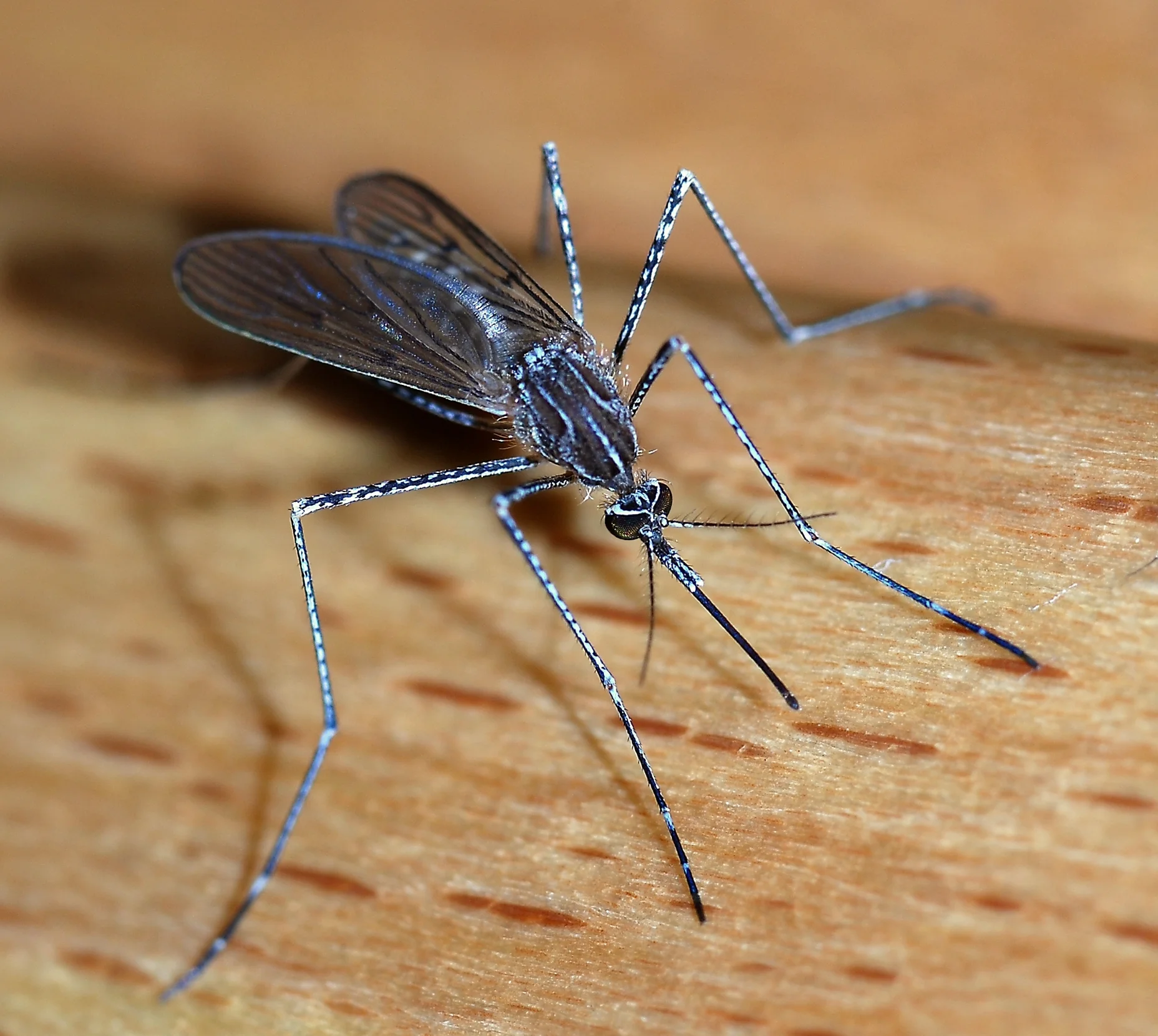Did you know their buzz can be heard a mile away, and that some of them can live for 17 years? While they do not bite or sting and they don't destroy crops like locusts, what's that obnoxious buzz all about?
What is a cicada?
Only heard in the eastern woodlands of the United States, cicadas live a lifespan from 4 to 17 years. As larvae, cicadas live most of their lives underground until they emerge for a period of 2-6 weeks as adults. There are two distinct types of cicada - the annual and the periodical. Interestingly enough, all periodical cicadas emerge from the ground at the same time in one location. Depending on species, the emergence can happen every 13 or every 17 years. On the other hand, there are Annual cicadas which emerge year after year from late June to August.
Periodical cicadas can have green or red eyes while the annual cicadas typically are found having black.
What do cicadas eat?
Not to be confused with locusts, cicadas do not cause a loss in crops or vegetation of any kind. Cicadas feed on plant juices when below the ground but upon emerging adult cicadas do not eat at all.
So, what's with the buzzing?
The buzzing sound cicadas make is for one thing only - to attract other cicadas. Male cicadas create the dramatic and whirling buzz to attract more males, as well as females, to an area for the single purpose of mating. After mating, females deposit eggs in slits they cut along branches then die. Once the eggs hatch, the orphaned cicadas go down into the ground all to emerge in 4-17 years. As for the annual cicadas, obviously, they return again year after year. An interesting insect to say the least!














